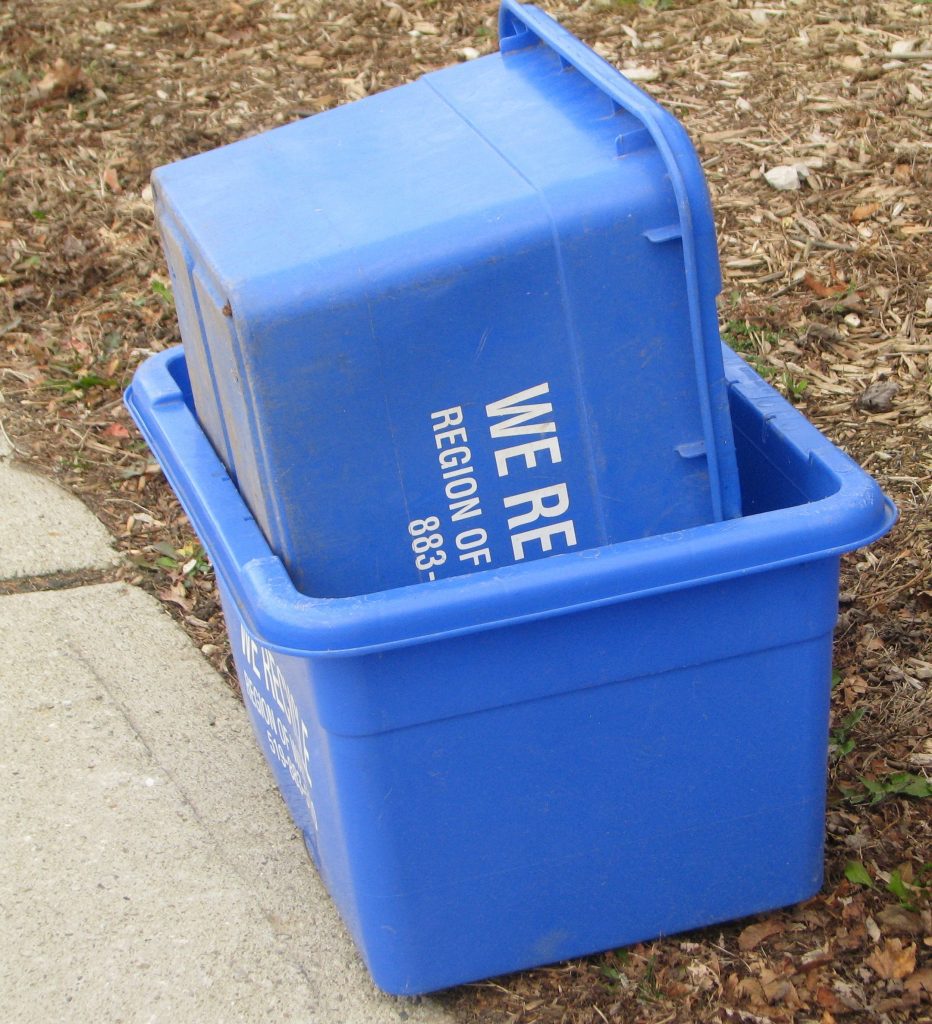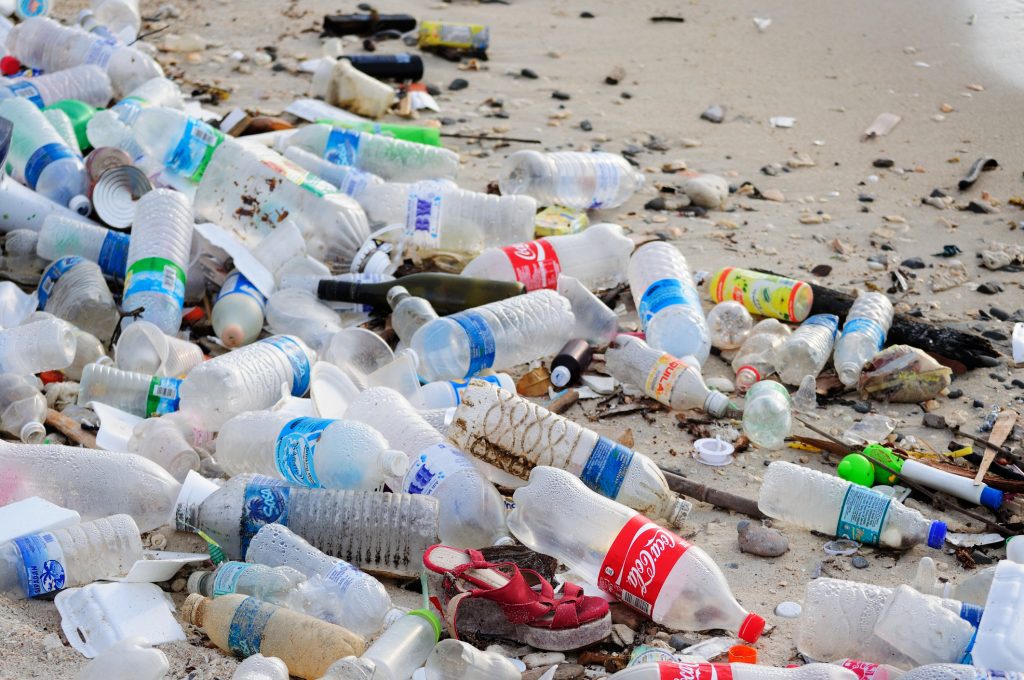Last month, Ontario’s Minister of the Environment announced that changes will be made to the Blue Box starting in 2023 . We applauded this announcement. These changes will shift the responsibility of managing the Blue Box on to the producers. It will also standardize the materials accepted in recycling bins across the province.
Are you wondering what these changes will mean — and whether they will increase recycling rates, reduce waste, and fix the problem of plastic pollution? Then you are in the right place. Here are the answers to some of the most common questions.


Q. What’s wrong with the current Blue Box system?
Ontario generates nearly a tonne of waste per person each year. That makes Ontario the highest per capita generator of waste in the world. Seventy per cent of the entire waste stream ends up in landfills. And 30 per cent of what we put in the Blue Box ends up there too. About 40 per cent of all waste is residential, while the rest comes from other sectors, such as restaurants, industries, and public institutions. Recycling rates have stalled in Ontario. This means that municipalities and taxpayers are paying more money for managing all this waste.


Q: What are the proposed changes to the Blue Box program in Ontario?
The provincial government is proposing that producers be held responsible for the waste they create. This means that companies that make products and packaging will bear the cost of managing the Blue Box. They would also have to collect the materials they place on the market. One goals of these changes is to decrease the overall amount of waste generated and sent to landfills. Another is to increase the amount of recycled materials, particularly plastics. Canada only recycles 9 per cent of the plastic waste it generates each year. That needs to change.
Q: Why should producers pay for/manage the Blue Box program?
By placing on the responsibility of managing the Blue Box on businesses, they would have an incentive to design products and packaging that have a lower environmental impact. They would also have an incentive to reduce the use of plastics and make products more durable and recyclable. This would create new business opportunities and shift us towards a circular economy, where materials are reused as much as possible.
Q: Will the cost of products go up?
Right now, Ontario residents are paying for the Blue Box program through their taxes. In 2016, the Blue Box cost $252 million. Half of this cost was covered by producers, and the other half was covered by taxpayers. With the proposed changes, in some cases, producers may pass costs on to consumers, who use plastic products or packaging. However these costs are likely to be very low. It makes more sense for people who make and use the products to pay for their disposal than to have it paid for through taxes.
Q: What will the changes mean for my household?
In addition to making producers responsible, the Ontario government announced there will be a standard list of materials that can go in the Blue Box. This means that it will be easier for Ontarians to know what can and can’t be recycled. Right now, each municipality in Ontario has different rules about what materials can go in the Blue Box. Producers will also be encouraged to use other methods to recycle materials outside of the Blue Box – like with a deposit return program.
Q: Could this reduce plastic waste?
Maybe. It depends on collection targets, which the Ontario government hasn’t shared yet. High collection targets will force industry to create strategies to recover all the materials and/or to reduce the use of plastics. For some products, like plastic bottles, the target should be high as 90 per cent, which is already being achieved in other countries.
Q: What happens to the plastics that will not be accepted in the Blue Box?
That is another big unknown from Ontario’s plan. Manufacturers of hard to recycle materials (such as black plastics, plastic film, laminates and polystyrene) will most likely push to have a free pass and not have meaningful recovery targets. Therefore, these materials should either be included in collection targets or be completely banned.


Q: So, what happens now?
The transition to the new Blue Box will take five years to complete. Although we understand the need for a transition period to change to a new system, plastics keep accumulating in our environment. Something must be done to reduce and prevent it. The Ontario government should ban plastics that cannot be recycled and already have substitutes such as black plastics, styrofoam, and food packaging. It should also mandate a deposit return system for plastic bottles to avoid around 1.5 billion plastic containers ending up in the environment every year.
Changing Ontario’s recycling system is necessary. However, it needs to be done right by forcing producers to reduce and collect as much waste as possible to prevent it from getting into the environment
You can help by asking Nestlé, Coca-Cola, and Pepsi to support a deposit return program for plastic bottles in Ontario.








